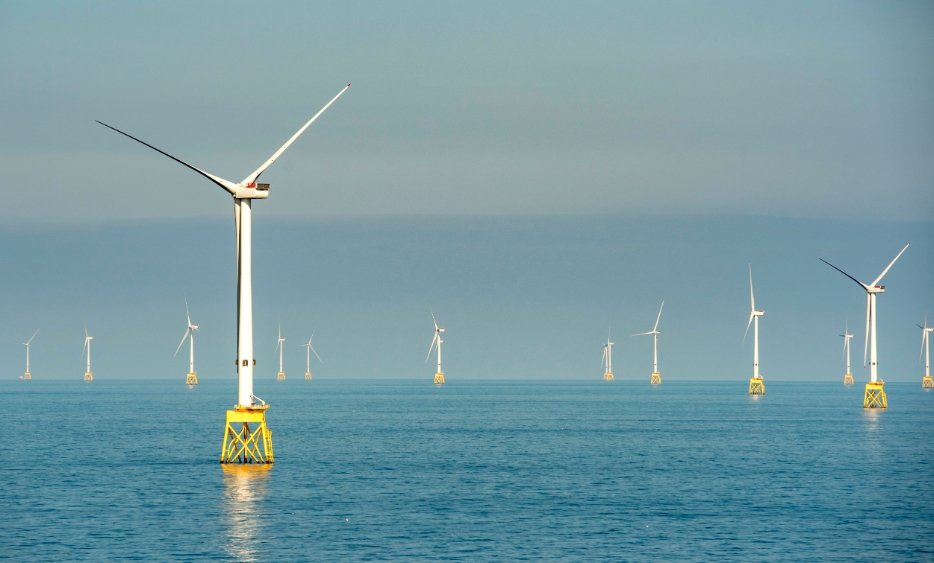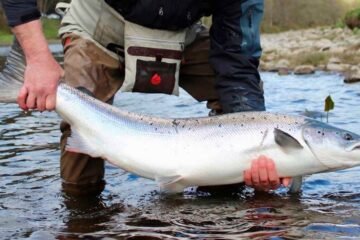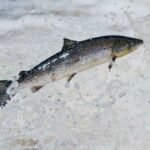The Scottish Government has launched a wide-reaching consultation aimed at reshaping how offshore wind is developed in its waters—balancing clean energy targets with the protection of marine ecosystems, fishing grounds and local communities.
It’s not just a technical exercise. With global eyes on Scotland’s renewables push, what comes out of this updated marine plan could change how the next decade of energy looks—not just in Scotland, but well beyond.
Government Looks to Fine-Tune Its Offshore Strategy
This isn’t Scotland’s first go at mapping out where wind farms should go. But this time, they’re trying to get it right in a way that sticks—for energy, for nature, and for people.
The Scottish Government has tasked marine consultancy ABPmer with drafting updates to its Sectoral Marine Plan for Offshore Wind Energy (SMP-OWE). The plan sets the groundwork for ScotWind, INTOG, and future leasing rounds. And it isn’t just paperwork—it shapes billions in future energy investment.
ABPmer’s job? Factor in everything from puffin breeding grounds to fishing routes. Their goal is to create a planning framework using updated scientific data and real-world evidence.
One sentence that cuts through the usual jargon: Scotland wants offshore wind—but not at the expense of its waters or the people who depend on them.

A Balancing Act Between Energy, Nature and Jobs
Heidi Roberts, the project director at ABPmer, didn’t mince her words when speaking about the stakes involved. “We’re proud to support Scotland’s offshore ambitions, but also fully aware of the importance of doing this in a way that’s sensitive and sustainable,” she said.
This revision of the SMP-OWE won’t just consider wind speeds or sea depths. It’ll dig deeper into how turbines impact:
-
Seabird migration and marine wildlife
-
Fishing territories
-
Visual landscapes in island communities
-
Jobs onshore and offshore
That last point isn’t small. Offshore wind brings work—maintenance crews, port jobs, supply chain manufacturing. But if it squeezes out fishers or affects marine tourism? That’s trouble.
Local Communities and Coastal Voices Matter This Time
One of the criticisms of past offshore plans? Locals felt ignored. This time, the government wants to do better. That’s where the consultation comes in.
Running until August 22, the public consultation invites views from islanders, fishers, energy firms, conservationists—basically anyone with skin in the game. It’s hosted on the Scottish Government website, open to individuals and organisations alike.
One sentence here says it all: If you’ve got something to say about turbines in your backyard, now’s the time.
In the past, conflicts over development zones led to legal challenges and stalled projects. This process hopes to avoid that. By baking in community input from the start, Scotland hopes to avoid friction later.
ScotWind and INTOG: The Bigger Picture Behind the Plan
The consultation might sound local, but the scale is anything but. Two of the biggest lease programs—ScotWind and INTOG—are directly shaped by the SMP-OWE.
ScotWind brought in £700 million in leasing fees and is expected to generate 28 GW of power. INTOG focuses more on smaller, targeted innovation projects.
So what’s at stake in this marine plan update? Quite a lot:
| Program | Focus Area | Power Capacity | Notes |
|---|---|---|---|
| ScotWind | Commercial-scale offshore wind | 28 GW | Massive pipeline, high investor interest |
| INTOG | Innovation and decarbonisation zones | ~4.5 GW | Focused on new tech and oil platform cleanups |
Without a clear and updated planning framework, developers risk running into delays—or worse, project cancellations. That’s why this consultation isn’t just for academics or policy wonks. It’s for energy giants, too.
Scientific Data, but Also Real-World Ground Truth
This time, ABPmer says they’re not just relying on desktop models or abstract risk assessments. The company has hinted at using fresh environmental monitoring, satellite mapping, and ecosystem modelling to better predict the impacts of wind development.
And that’s important. In recent years, multiple offshore proposals across Europe were delayed or blocked because their impact assessments didn’t hold up under public or legal scrutiny.
Even seasoned developers like Ørsted and SSE Renewables are watching closely. No one wants to sink millions into surveys and designs, only to be told their project isn’t aligned with the final SMP-OWE.
ABPmer has worked with Scotland before on marine issues, but this time the scale and expectations are way higher.
A Net Zero Future, But Not at Any Cost
Scotland has a 2045 net zero target. Offshore wind is central to that. But it’s not just about hitting carbon numbers on a spreadsheet. It’s about doing it in a way that lasts.
In recent years, countries like Ireland and Norway have taken cautious steps toward greener grids without sparking backlash from fishers or coastal towns. Scotland’s trying to walk that same line—bold but not reckless.
What this new plan could do is serve as a test case. Can you grow your offshore energy base without trampling your marine economy or coastal culture?
Scotland’s betting it can.


















